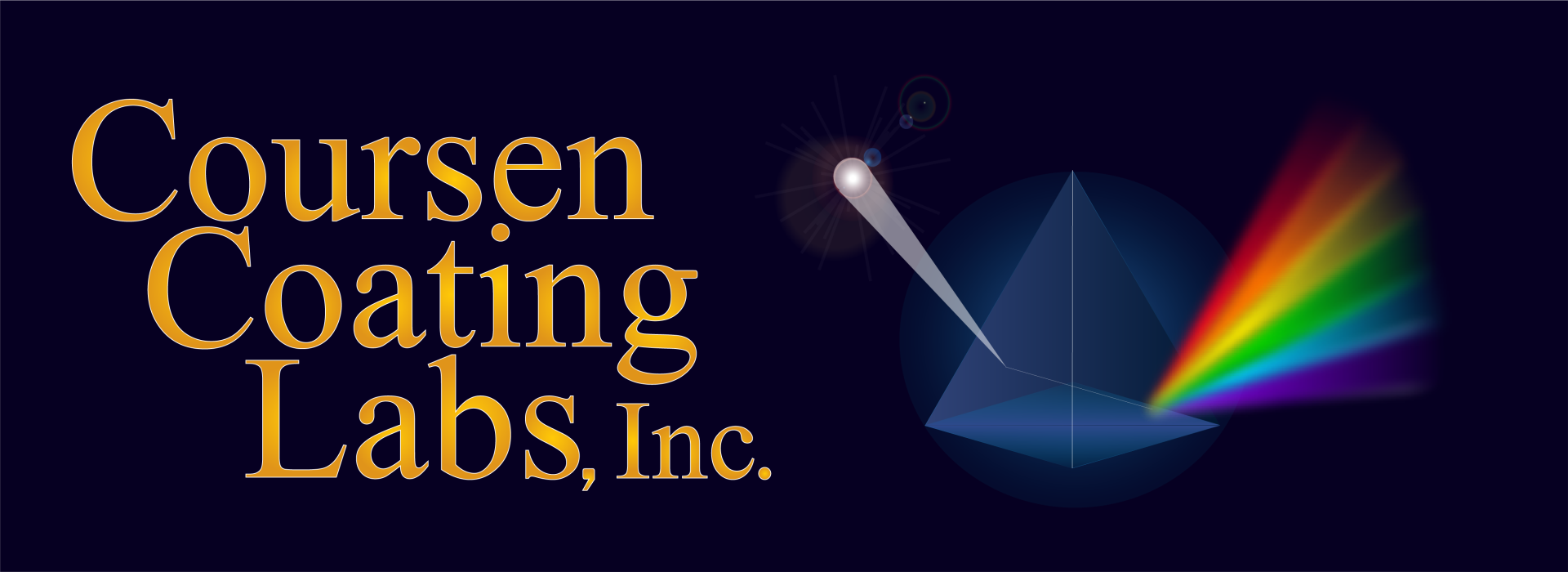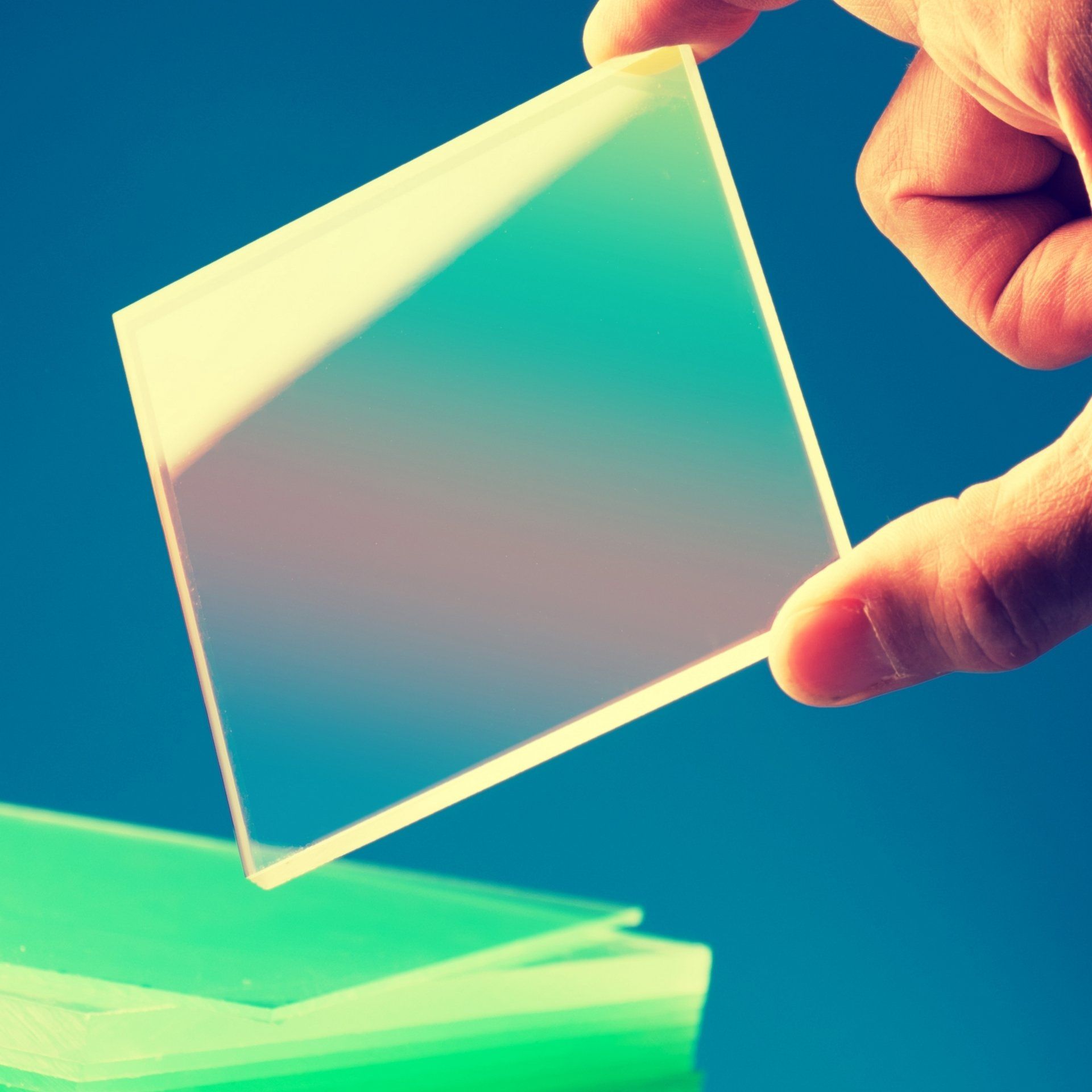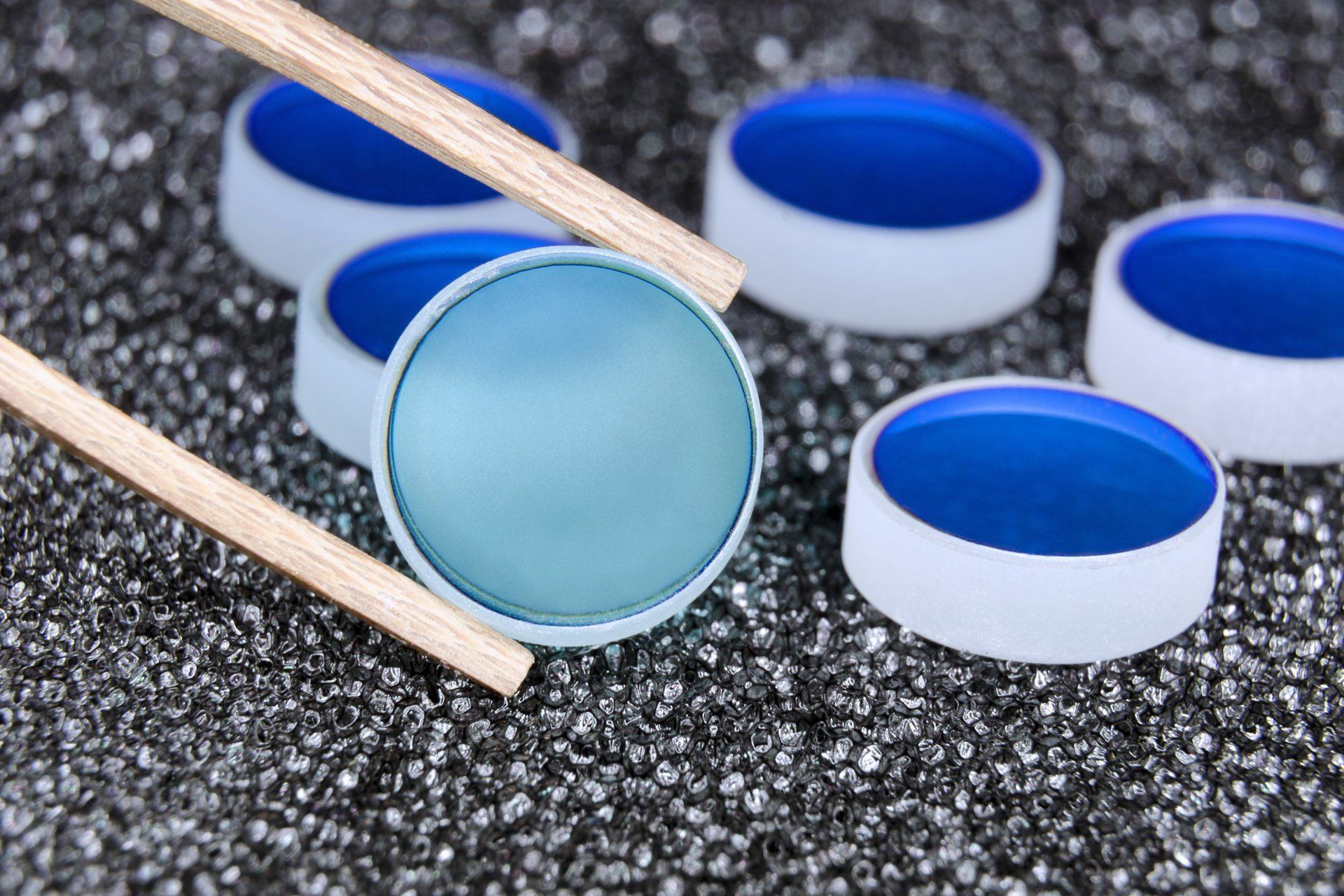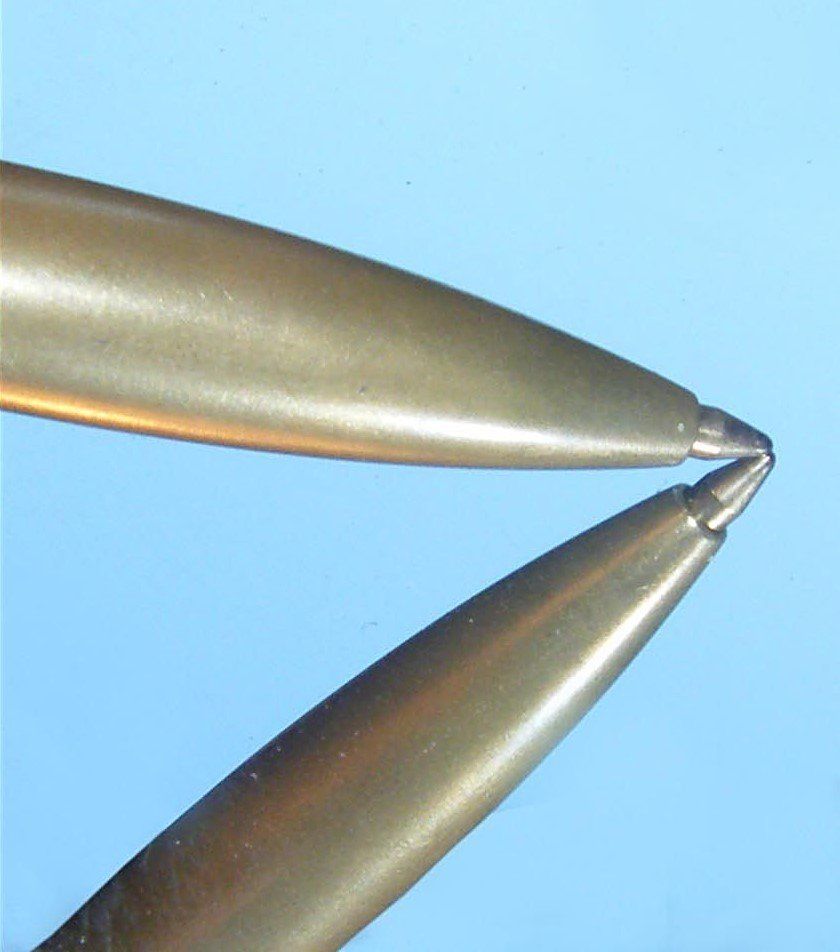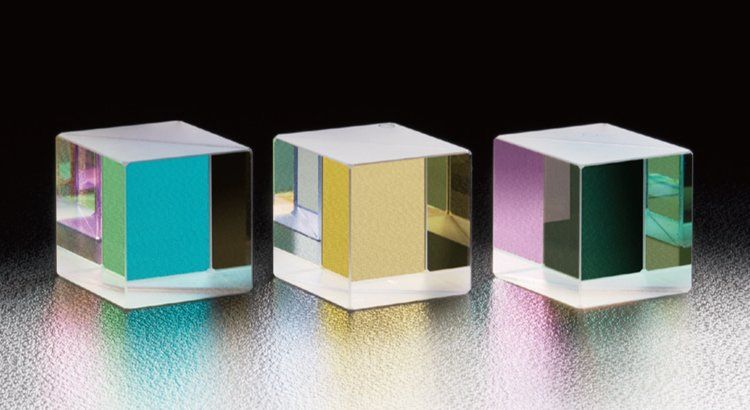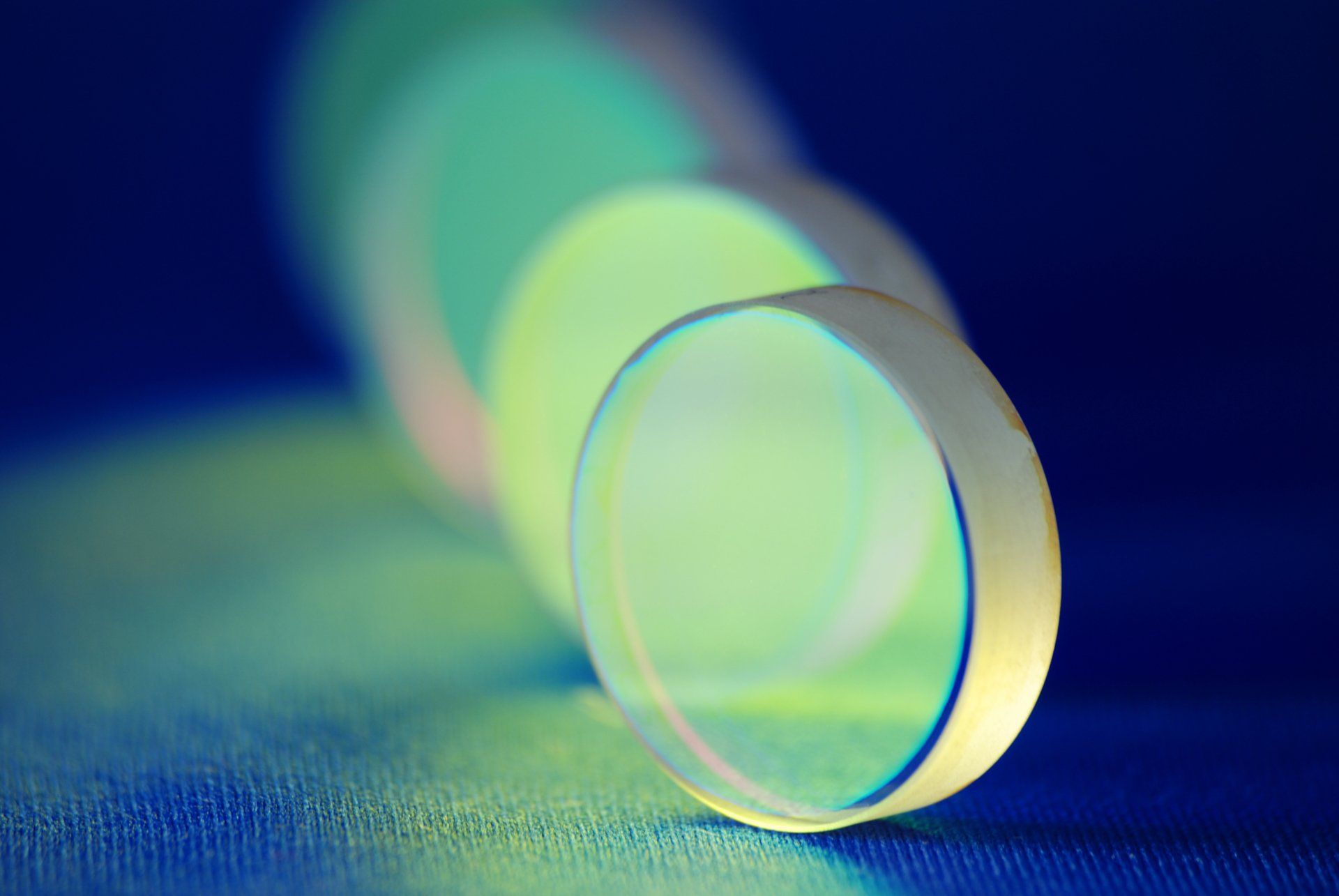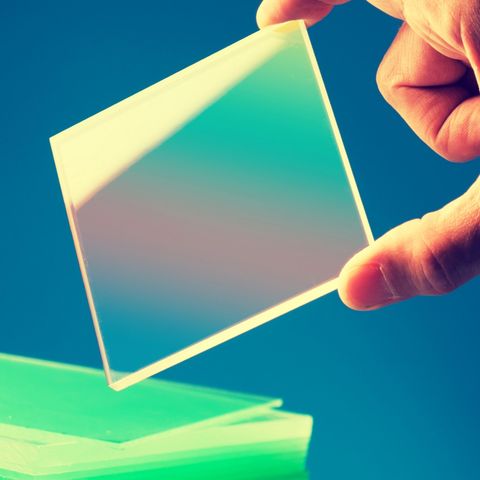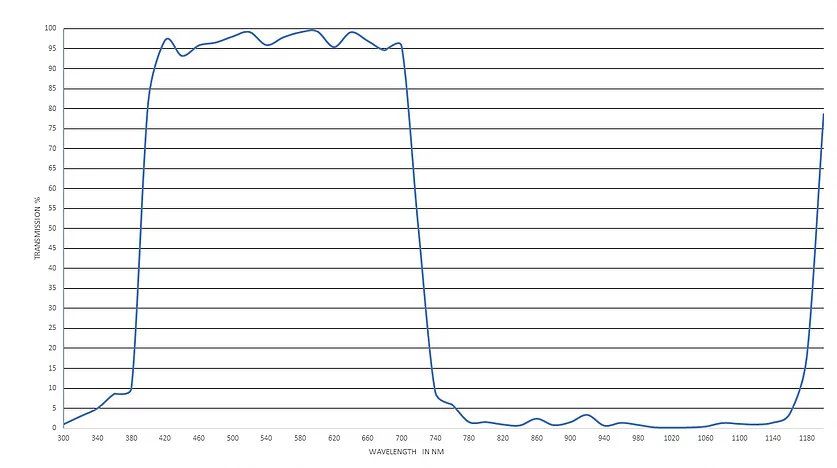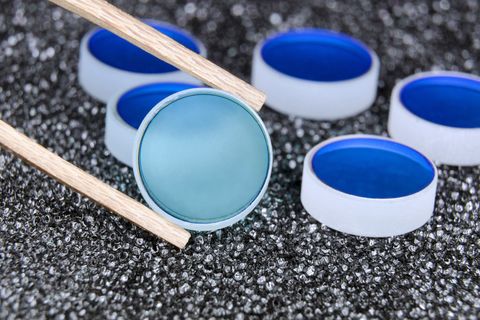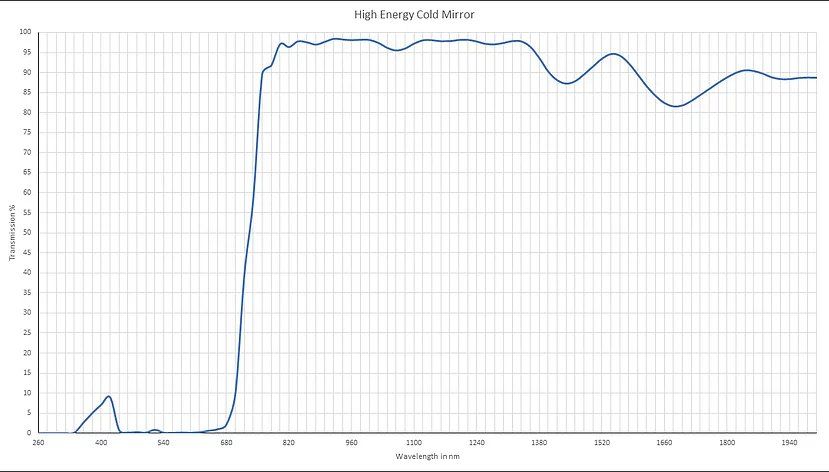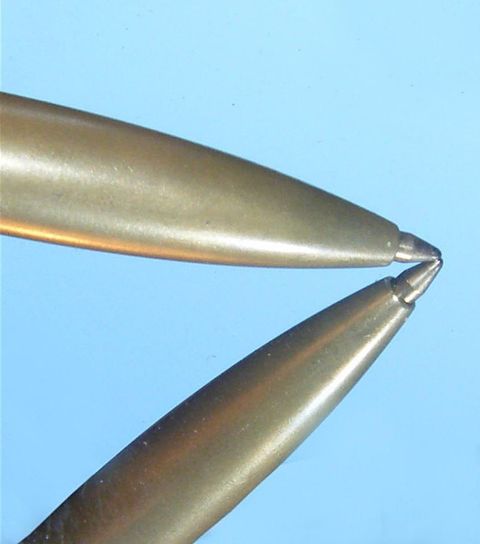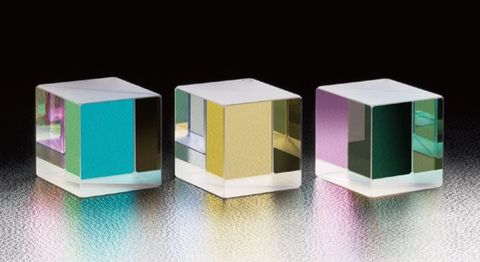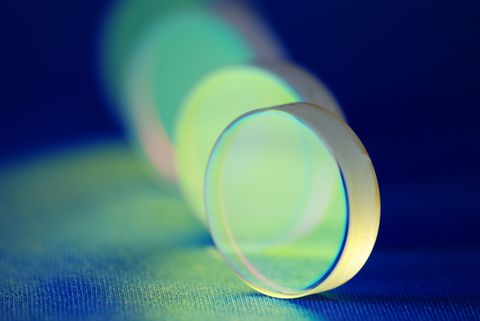Mirrors
Mirrors
We provide a wide range of professional services to meet your needs. We promise to provide every service with a smile, and to your highest level of satisfaction.
Hot Mirrors
Hot Mirrors
Hot mirrors are used to reflect the IR spectrum (heat energy), while transmitting the visible light, and blocking UV light. Typically used anywhere that visible light must be cooled. Hot mirrors are often used in conjunction wtih cold mirrors. Applications include motiion picture projectors, projection TV, endoscopes, microscopes, and exotic sun glasses.
These dichroic infrared reflectors are used to transmit the visual light 425 to 675 nm spectrum and reflect the near infrated 750 to 1150 nm. They also block most UV. Our type SHM is used in projectors, Fiber optic illuminators, stage lighting, and other applications requiring maximum protections from light damage.
CCL's SHM Hot Mirror is supplied in various shapes and thicknesses. Our standard substrate is Schott Borofloat heat resistant glass. Sizes up to 13" x 13", 10" x 16" or 19" diagonal octagon are available. Sizes as small as 1.0 mm x 1.0 mm x 0.25 mm can be produced in large volume. Diameters from 1.5 mm to 18.75" can be supplied, but at a higher cost than rectangular shapes.
Environmental Resistance
CCL Hot Mirrors can withstand severe exposure to heat and ultraviolet radiation because they are made entirely of glass and stable clear oxides. Damage resistance to rain, humidity and chemicals exceeds MIL-C-675-C, which has long been used to specify shipboard optical equipment. This product is suitable for space or underwater application.
| Substrate | Schott Borofloat, 3.3 mm thick |
|---|---|
| Angle of Incidence | 0-20° |
| Operating Temperature | 475°F max |
| Transmission | 80% average 450-650nm |
| 5% average 300-400nm | |
| 0% abs below 300nm | |
| Reflection | 95% average 800-1100nm |
| Transition | 50%T 715 ± 25nm |
Cold Mirrors
Cold Mirrors
Used in applications where it is desirable to reflect the visible light energy and remove heat by allowing the infrared energy to pass through the mirror.
Features:
- High visible reflection
- High IR transmission
- High operating temperature
- Xenon and tungsten compatible
- Sizes up to 19"
Applications:
- Movie Projectors
- Slide Projectors
- Microscopy
- Illumination Systems
Specifications
High Energy Cold Mirror
| Designed for use at 45º incidence angle |
|---|
| Reflectance: Average from 450nm - 650nm, 96% min. |
| Transmission: average from 800nm - 1200nm, 85% min. |
| Abrasion: MIL-C-675-B, paragraph 4.5.11 |
Protected 1st Surface Mirrors
Protected 1st Surface Mirrors
Used in applications where it is desirable to reflect the visible light energy and remove heat by allowing the infrared energy to pass through the mirror.
Features:
- High visible reflection
- High IR transmission
- High operating temperature
- Xenon and tungsten compatible
- Sizes up to 19"
Applications:
- Movie Projectors
- Slide Projectors
- Microscopy
- Illumination Systems
Specifications
High Energy Cold Mirror
Coursen Coating Labs can supply UV products on substrates such as Fused Silica, Fused Quartz, Schott Borofloat, Specialty Filter Glasses, Select Soda-Lime Float Glass, Sapphire and some ceramics. We encourage you to discuss your applications and allow us to suggest appropriate materials.
Flat or precision bent shapes are available.
Specifications
Protected 1st Surface Mirrors
| Designed for use at 45º incidence angle |
|---|
| Reflectance: Average from 450nm - 650nm, 96% min. |
| Transmission: average from 800nm - 1200nm, 85% min. |
| Abrasion: MIL-C-675-B, paragraph 4.5.11 |
Dielectric Beamsplitters
Dielectric Beamsplitters
Divide transmitted and reflected images without absorption (of light) loss. Dielectric beamsplitters are superior to typical two-way mirrors, where the metal absorbs a lot of the transmitted light (brightness). Typically used for special effects. Applications include teleprompters, movie making, microscopes, heads-up displays, rifle sights, camcorders, and industrial photo processing.
